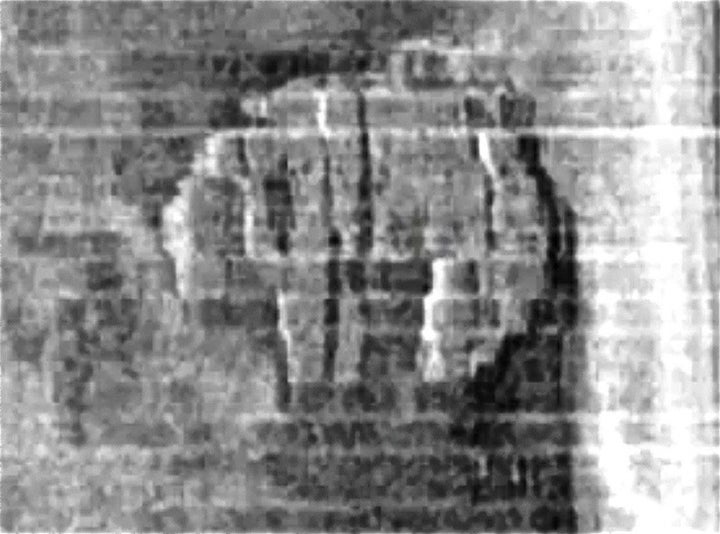
A mysterious cylindrical object is sitting 300 feet at the bottom of the Baltic Sea between Sweden and Finland, and nobody knows what it is -- yet.
Deep sea divers using remote-controlled cameras are heading to the site on Friday. They'll try to determine the exact identity of the object, which side-scan sonar first revealed in June 2011.
"My guess is that they won't find anything. They may just find a large roundish rock," well-known skeptic Benjamin Radford, deputy editor of Skeptical Inquirer magazine, told The Huffington Post.
"Side-scan sonar is not a photograph and it can create false echoes, so it's not crystal clear what exactly it is that you're recording," Radford said. "The object that we're talking about is basically flush with the ocean floor, and side-scan sonar is much less reliable for things like that."
In what's been compared to an episode of "The X-Files," Peter Lindberg, captain of the Ocean Explorer, and his co-researcher Dennis Asberg made global headlines last year when they presented sonar images of a nearly 200-foot-wide circular anomaly -- looking very much like the fictitious Millennium Falcon spacecraft from the "Star Wars" movies.
"We don't know whether it is a natural phenomenon or an object," Lindberg told Fox News.
Is it a spaceship, a Russian warship or an ordinary stone formation?
The researchers will spend between six and 10 days at the site, using sonar to create 3D images of the bottom of the specified part of the Baltic Sea.
Explanations for the odd anomaly include a meteor, a naturally-occurring gas well and the possible remains of a 19th-century Russian warship.
Of course, let's not forget about all of those hopeful souls who would love this to turn out to be a crash-submerged spacecraft from another world.
"If this were a UFO, that would indeed be a strange thing," Asberg told Fox News. "I'm just not sure, but we'll see soon."
We Need Your Support
Already contributed? Log in to hide these messages.
Radford, who is also the author of "Scientific Paranormal Investigation: How To Solve Unexplained Mysteries," said he thinks the mystery will only continue if the divers don't find anything.
"Because then they'll say, 'Whoa, hold on here. We have this image that was taken in 2011. How come they're going back there and not finding it there?'" Radford said. "And there will be conspiracies about that."

